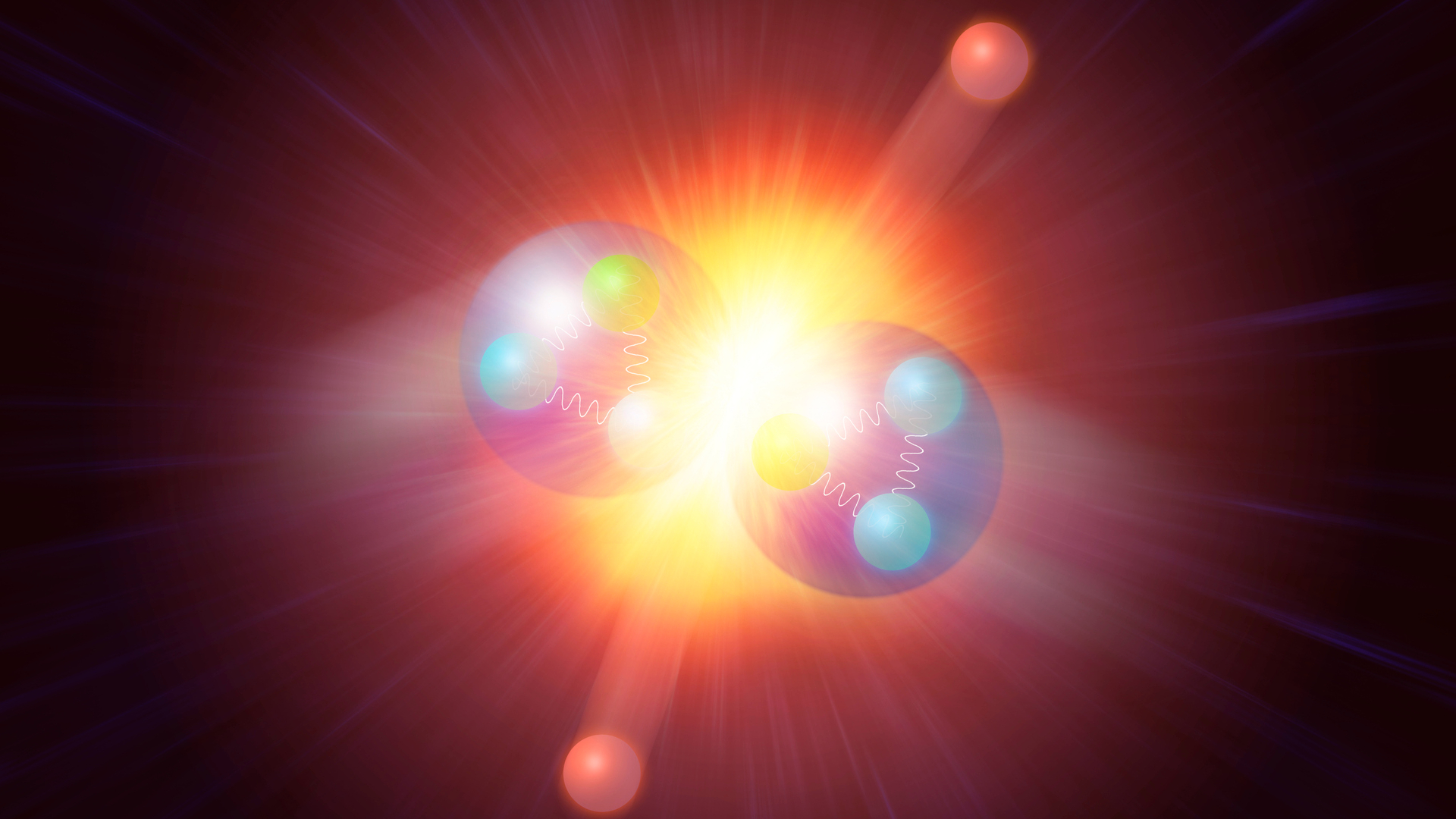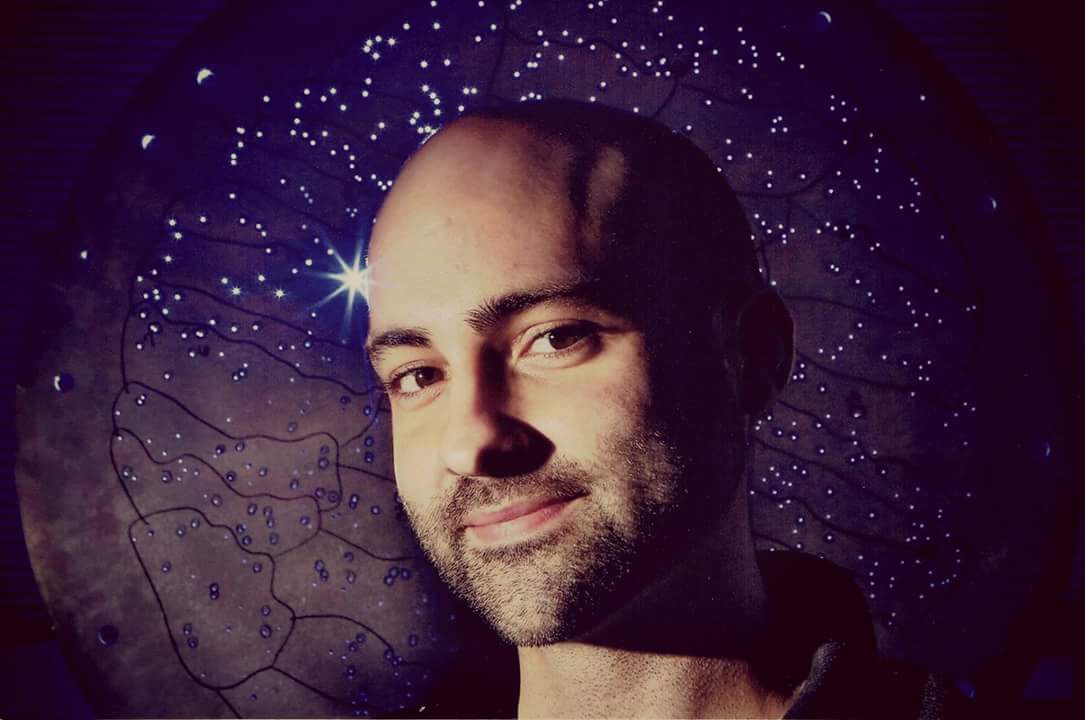What is the weak nuclear force and why is it important?
The weak nuclear force doesn't play by the normal rules — and, in fact, it breaks one of the biggest rules of all.

Back in the 1930s, physicists were doing experiments involving what they called "beta decay." They observed that an element would suddenly spit out a fast-moving electron, and once it was done, it would be different — sometimes a different isotope of the same element, and sometimes a different element altogether.
So the question on everybody's mind was, exactly how did this decay process unfold?
Enrico Fermi had an answer: a new force of nature. We knew that the nucleus of an atom was a bundle of neutrons and protons. Fermi hypothesized that some new force could change a proton into a neutron, or vice versa, and, in the process, release an electron and a nearly massless particle called a neutrino.
It was just a guess. But he was right, and the weak nuclear force was born.
The weak force can do things that no other force can. For example, it can change one flavor of quark into another, which is how neutrons and protons can swap places.
It's also incredibly weak (hence the name). It has a coupling constant, which is a fancy way of describing rare interactions that can happen that are 100,000 times smaller than the electromagnetic force. And it has an incredibly short range. At around 10^-18 meters, it has the same strength as the electromagnetic force, but at just 10^-17 meters, it's over 10,000 times weaker already.
And that incredible weakness comes from another property of the weak force that is totally unlike the other forces, and it has to do with what carries the weak force. All the carriers of all the other forces are massless. But the carriers of the weak force, known as the W and Z bosons, are heavier than a proton.
Breaking space news, the latest updates on rocket launches, skywatching events and more!
This was such a big surprise in the 1940s and '50s that it demanded its own explanation. How in the world did the weak force end up with massive force carriers? The answer would come from theoretical physicist Peter Higgs. The whole reason for the existence of the Higgs boson is to explain why the weak force is the way it is, with the side benefit of creating mass for the other particles.
So the weak force doesn't play by the normal rules — and, in fact, it breaks one of the biggest rules of all.
All of the other forces of nature obey something called parity symmetry. If you run a physics experiment and compare it with the same experiment in the mirror, the results should come out the same.
All particles also have a property called helicity, which is their spin relative to their direction of motion. This helicity can be counterclockwise, which we call left-handed, and clockwise, which we call right-handed. All particles spontaneously appear with an even mix of left- and right-handedness. This ensures that their mirror-universe versions are the same, thus maintaining the symmetry of parity.
But neutrinos, which are tiny particles created only by the weak force, do something else. Neutrinos are only ever left-handed. There are no known right-handed neutrinos. If you look at a process involving the weak force in the mirror, you'll see right-handed neutrinos, which don't exist. This breaks the mirror symmetry, and the weak force is the only force to do it.
So the weak force — the force that nobody asked for — is the only force that can change particle flavors, the only force with massive force carriers, and the only force to violate parity symmetry.
And for all that, what do we get? What has the weak force ever done for us?
Well, if you want to fuse two hydrogen atoms together, you can't just do that, because they repel each other. So you need to do a little dance. You need to change one of the protons into a neutron so they can bind together. This creates a deuteron, which is just a fancy name for a proton and a neutron bound together. Those deuterons then go on to fuse to become helium, and energy is released.
And what converts a proton into a neutron? That's right: the weak nuclear force. So, in addition to changing particle flavors, using massive force carriers and making the universe left-handed, the weak nuclear force allows the sun to shine — not a bad trade-off for such a weird force.

Paul M. Sutter is a cosmologist at Johns Hopkins University, host of Ask a Spaceman, and author of How to Die in Space.
You must confirm your public display name before commenting
Please logout and then login again, you will then be prompted to enter your display name.
